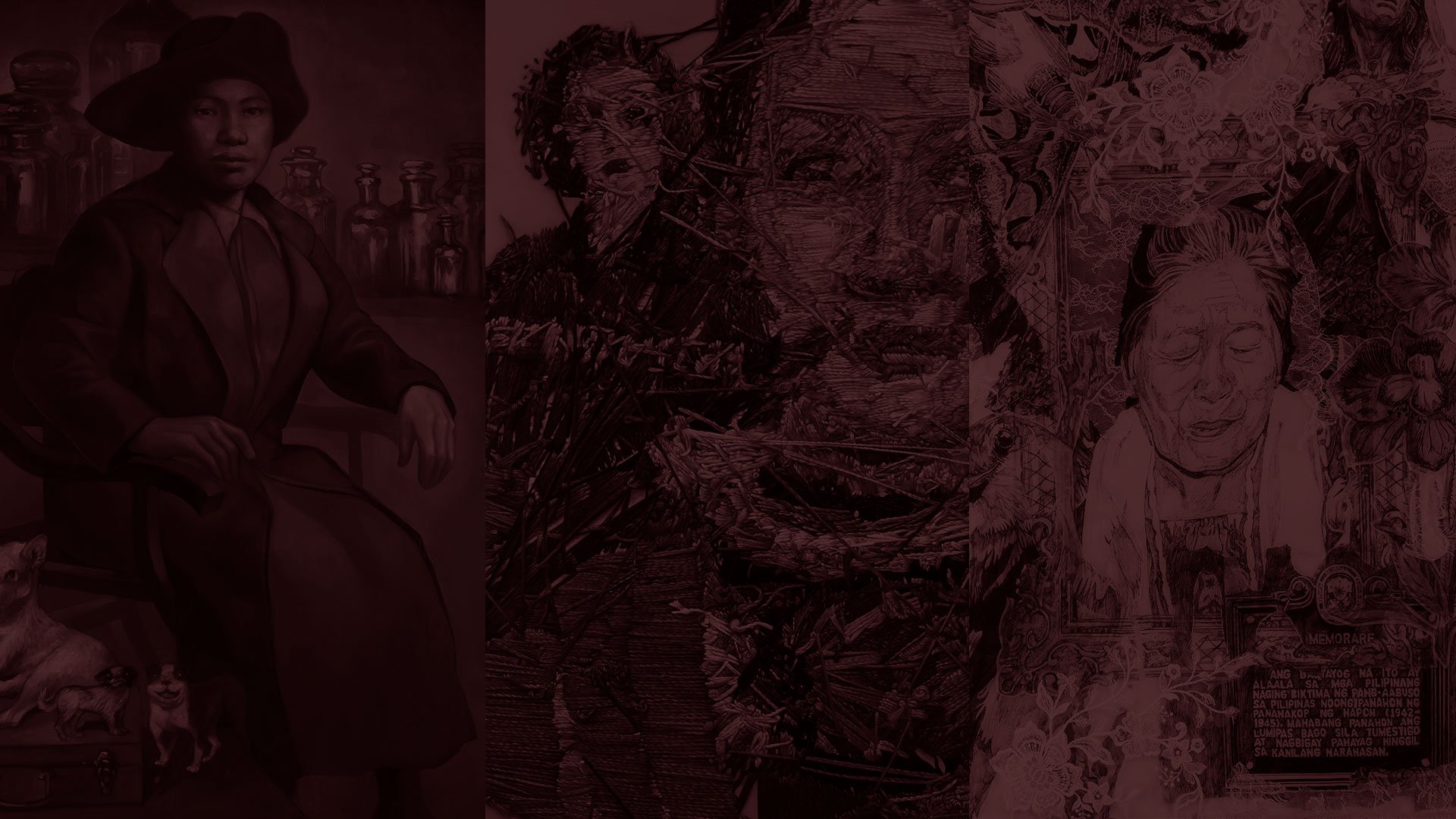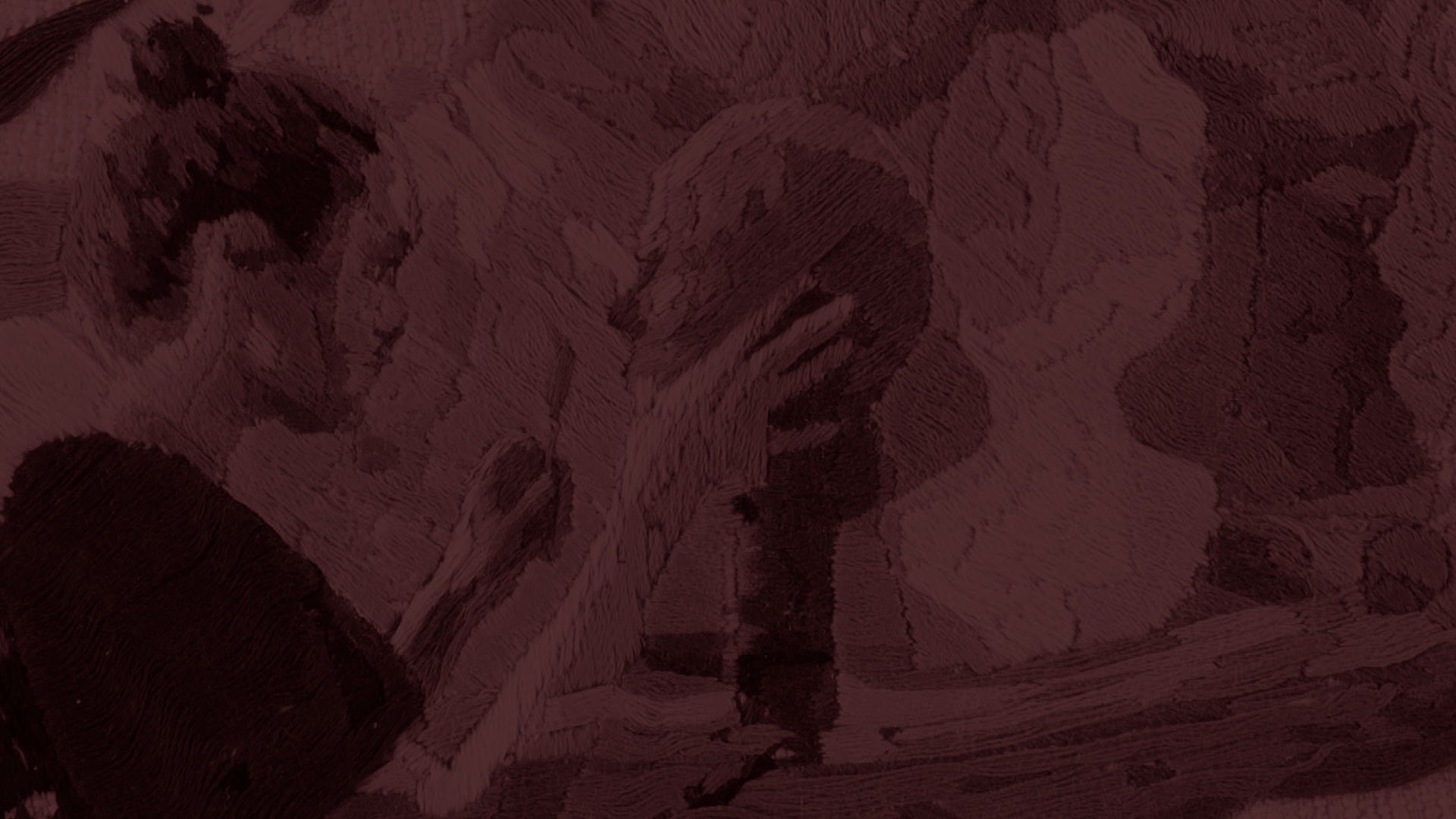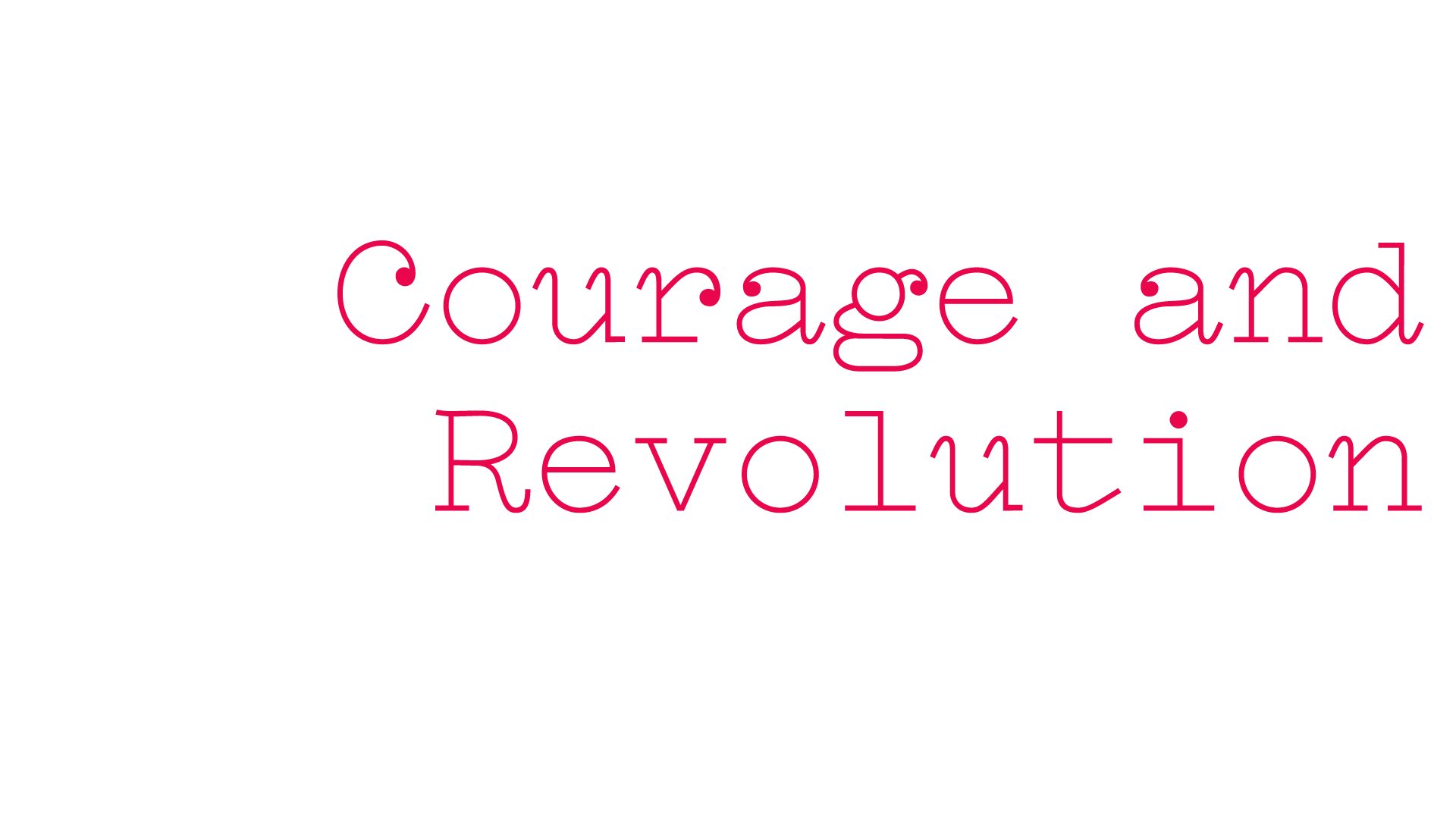

In many cultures, including the Philippines, 18 is the age of transitioning to adulthood. Eighteen is also the number of women we have featured in this book—perhaps, to symbolize a coming of age when we as a society appreciate the role of Filipinas in history, a time to begin celebrating their unique grit and smarts in leading and shaping our country.
In truth, Pinay power is no stranger to our ancestors. In pre-colonial times, Filipino women were considered partners and equals. For instance, the babaylans—the community healers and ritual-keepers, roles which were reserved for women—enjoyed the same status as the datus.
We invite you to see 18 colorful vignettes on some of the most impactful Filipino women, represented by 18 inspiring paintings by three Filipina artists. Once again, we remember (and never forget) that Filipinas are essential partners in national and historical development. They have influenced various fields, including medicine, culture, and public service among many others. Their relentless passion and love for the country continue to benefit our citizens to this day.


Gabriela Silang (1731-1763)
First Female Leader of the Philippine Revolution
Artist: Abi Dionisio
Known to many as the wife of Vigan revolutionary Diego Silang, Gabriela boldly took the rebellion into her hands after his death. She raised armies in the mountains of Abra, claimed victory in her hometown Santa, and pursued other parts of Vigan. Both in defeat and in success she relentlessly charged against oppressive Spanish rule. While her leadership lasted for a mere four months, she has left us with a legacy of undying courage and strength, both qualities we think of when we mention her name.

No one can ever be too old to stand against injustice and oppression. At eighty-four years old, Melchora Aquino joined the Katipunan, where she became known as the honorable Tandang Sora. She opened her home to hold secret meetings, feed soldiers, and tend to the wounded and sick. Even when Spanish authorities took her to Bilibid Prison for interrogation, she refused to give away any information on her comrades. Her life and presence proved that she was a strong and unbreakable force in the movement.
Mother of the Philippine Revolution
Melchora Aquino (1812-1919)
Artist: Nina Garibay

The banana ketchup you can find on tables of Filipino households today is all thanks to the culinary innovations of Maria Orosa. She unlocked the power of local ingredients such as bananas, calamansi, mangoes, pineapple, and more. For her, using our own resources was a step towards independence. Her recipes were also weapons—nutrient-rich foods that fed imprisoned troops during the Japanese occupation.
War Heroine and Nutritionist
Maria Orosa (1893-1945)
Artist: Nina Garibay

Nieves Fernandez
(1906-1996 or 97)
One can be a hero in all the different ways they choose; for Nieves Fernandez it was teaching kids in Tacloban. When Japanese forces began to threaten her students, she became another kind of hero. In the night she surveilled the forest, and in her black dress, armed with a bolo and homemade gun, she killed Japanese soldiers. She eventually gathered a guerilla force of about 110 in her own town, inspiring those around her to rise against their oppressors.
School Teacher by Day,
Silent Killer by Night
Artist: Abi Dionisio

Carmen Rosales (1917-1991)
Silver Screen Star and Guerilla Soldier
Artist: Abi Dionisio
Januaria Constantino Keller, also known as Carmen Rosales, was a beloved film actress. This Pangasinan native starred in Mahiwagang Binibini (Ang Kiri), Arimunding-munding, and more projects from Sampaguita Pictures. During the Japanese occupation, she lost her husband and decided to take up arms by joining the HUKBALAHAP (Hukbong Bayan Laban sa Hapon) as a guerilla fighter. After the surrender of Japan she continued her acting career, starring in Gerilya and becoming the country’s highest-paid movie star. The Queen of Philippine Cinema is forever remembered for her role in the fight for freedom.

Maria Lorena Barros (1948-1976)
Feminist Leader and Activist
Artist: Lui Gonzales
As a young girl, the eyes of Maria Lorena Barros were opened to poverty. Eventually she found her voice and used it in many ways: she joined youth activist groups and demonstrations, lived and learned from laborers and the poor, championed women’s rights by co-founding MAKIBAKA (Malayang Kilusan ng Bagong Kababaihan), wrote poetry, and spoke out against abuses during the Martial Law. Even as a political prisoner, she would not be silenced. Through her life, she exemplified how the Filipina is fierce and selfless.


Remigia Talusan (1805-1860)
Founder of First Daily Newspaper and
First Filipina Publisher
Artist: Lui Gonzales
A year after her publisher husband passed away, Doña Remigia Salazar began her own publishing business. This courageous move earned her the prestige of being the first woman to own and operate a printing press in Manila. In only her first year, she published seven books by other authors. She also began publishing La Esperanza which ran from 1846 until 1850 and was the country’s first daily newspaper.

Leona Florentino (1849-1884)
First Internationally Acclaimed Filipina Poet
Artist: Lui Gonzales
Despite her promising talent, Leona Florentino of Ilocos Sur was denied a university education because she was a woman. Her poems, which exuded eroticism, feminism—and possibly, lesbianism—became so controversial that she was sent away by her husband. Leona died in exile at only 35 years old.
Her poems were posthumously exhibited in Madrid and Paris. In 1889, 22 of her poems were included in the Encyclopedia Internationale des Oeuvres des Femmes—the first time such an honor was bestowed on a Filipina. Her monument proudly stands in Vigan, a tribute to a woman whose lyrical and fearless words were truly ahead of her time.

Pelagia Mendoza (1867-1939)
Up until 1889, Escuela de Dibujo y Pintura accepted only male students. Twenty-two-year-old Pelagia Mendoza changed the academy’s mind. At that moment, two firsts happened—Pelagia became the first female student in the school and the school became the first co-educational institution during Spanish rule.
Her most famous work is a sculpture of Christopher Columbus entitled “Colon” in 1892, which won in a Spanish government-sponsored contest celebrating the Italian explorer’s 400th anniversary of “discovering America.” The following year, the same sculpture was entered at the World’s Columbian Exposition where it won second prize.
First Recognized Filipina Sculptor
Artist: Abi Dionisio

Dubbed as “Nightingale of Zarzuela,” Maria Carpena was born in Santa Rosa, Laguna in the late nineteenth century. A soloist at the Biñan Church, she caught the attention of renowned zarzuela writer and director Severino Reyes, who asked her to star in his latest work, Minda Mora. Maria appeared in other famous plays such as Walang Sugat and Lukso ng Dugo.
In 1908, Governor-General Howard Taft requested her to visit the United States. There, Maria recorded the Filipino folk song Ang Maya and other tunes for the Victor Recording Company and became the country’s first recording artist. A street in Quiapo was named after her.
First Filipino Recording Artist
Maria Carpena (1886-1915)
Artist: Lui Gonzales

Damiana Eugenio (1921-2014)
Mother of Philippine Folklore
Artist: Lui Gonzales
Januaria Constantino Keller, also known as Carmen Rosales, was a beloved film actress. This Pangasinan native starred in Mahiwagang Binibini (Ang Kiri), Arimunding-munding, and more projects from Sampaguita Pictures. During the Japanese occupation, she lost her husband and decided to take up arms by joining the HUKBALAHAP (Hukbong Bayan Laban sa Hapon) as a guerilla fighter. After the surrender of Japan she continued her acting career, starring in Gerilya and becoming the country’s highest-paid movie star. The Queen of Philippine Cinema is forever remembered for her role in the fight for freedom.

Mona Sulaiman (1942-2017)
Philippines’ First Sprint Star
Artist: Nina Garibay
Asia’s fastest woman in the 1960s was a Filipina—Cotabato-bred Mona Sulaiman. She won two gold medals at the 1962 Asian Games in Jakarta for the 100-meter and 200-meter events, a third gold with her team for the 400x100-meter relay, and a bronze medal for the women’s shotput. She was the first Asian to win two sprint gold medals, and the first Filipina to snag three golds, in a single event.
Mona’s tough demeanor, rugged features, and obvious strength made competitors question her gender. On grounds of her Islamic faith, Mona refused to undergo a gender test. She left the Asian Games village in 1966 and never looked back.


The Basilan-bred Tuan Baluca married the Sultan of Sulu, and from here she discovered the impact of her power and influence. Historians say that she took charge of the Jolo government, which was Sulu’s seat of power. In the 1600s, she valiantly faced conquistadors for peace negotiations and exemplified great diplomatic skills. With her power, she guaranteed safe passage to cartographer Father Pedro Gutierrez, and through that voyage, the first map of Mindanao was made.
The Power Behind the Power
Tuan Baluca
Artist: Nina Garibay

Herstory That Never Got Told
Sultana Nur ul-Azam
Artist: Abi Dionisio
Did you know that long before Spain’s arrival in our lands, the Philippines had a female sultan? Unfortunately, her name was taken out of the tarsilas, a document on the genealogies of Muslim leaders. Her name was Sultana Nur ul-Azam, the first and only female sultan of Sulu. She ruled for five years, but due to her records being wiped out from the tarsilas, her challenges and victories are not known. All the more, we cherish the value of telling women’s stories today so they can be remembered.

During the beginnings of our own independent government, the 1935 Malolos Constitution only allowed men twenty-one years old and above to vote. It also stated that women would be granted suffrage if at least 300,000 voted yes in a plebiscite to be held in two years.
Rosa Sevilla de Alvero was among the women who campaigned for women’s suffrage. 447,725 women rallied together, granting women the right to vote in two years. Passionate about social change, Rosa advocated for women’s right to hold office and she founded the Instituto de Mujeres (Women’s Institute) to provide a truly Filipino education to Filipinas.
Suffragist and Patriotic Educator
Rosa Sevilla de Alvero (1879-1954)
Artist: Nina Garibay

Maria Rosa Henson (1927-1997)
Giving Comfort to Women
Artist: Lui Gonzales
During World War II, the term “comfort women” arose as horrors of sexual abuse loomed. Japanese soldiers raped and violated women—even young girls. Maria Rosa Henson was one of those girls. She was fourteen. There were three soldiers.
At fifteen she was taken in Angeles City and was forced to become a sex slave. Dozens of soldiers at a time forced her to have sex, and she could not rest. She was rescued by the HUKBALAHAP (Hukbong Bayan Laban sa Hapon), and decades later after the war, she came forward with her stories. With her bravery, she was later known as Lola Rosa. Her courage brought the terrible war crimes against women to light, and more women came forward with their stories.

Fearless Defender of Human Rights
Haydee Yorac (1941-2005)
Artist: Abi Dionisio
The quest for justice was pursued by a woman with a penetrating glare and untamed curls. Haydee Yorac was a very passionate lawyer; she fearlessly spoke against human rights violations and lent legal assistance to victims. This led to her capture during the early years of Martial Law in 1972. After her imprisonment, she continued the good fight in the Supreme Court. She took on many challenging roles such as Commission on Elections Chair, National Commission on Unification Chair, and leader of the Presidential Commission on Good Government. She held every position with grit, integrity, and tenacity; among her many achievements was uncovering some of the Marcoses’ ill-gotten wealth.

Mother of Philippine Pediatrics
Fe del Mundo (1911-2011)
Artist: Nina Garibay
In the battlefield of children’s health, Dr. Fe del Mundo was not a mere soldier, but a general.
After furthering her medical education abroad, Dr. Fe returned to a Philippines deep into World War II. She leapt into action by helping establish a hospice within a military camp. Two years later, she took charge of the City Children’s Hospital, making it a fully functional center.
On her birthday in 1957, the first pediatric hospital in the Philippines, the Children’s Medical Center was inaugurated. From here she achieved many things, from curing diseases to researching their prevention. She had many more achievements as the founder of the Philippine Medical’s Women Association, the first woman president of the Philippine Pediatric Association, and the first Filipina recognized as a National Scientist by the government.


About the Artists
Nina Garibay graduated Magna Cum Laude from the University of the Philippines, Diliman with a degree in Visual Communication from the College of Fine Arts. She has participated in several group shows within Manila. In 2020, she marked her first solo exhibit in the midst of the lockdown. She is currently the program manager at the Punlaan, a program of the Linangan Artist Residency, located within the Alitaptap Artist Community in Amadeo, Cavite.


Securing innumerable accolades under her belt, Abi Dionisio was one of 5 National winners at the Philippine Art Awards in 2016. Since graduating from Bulacan State University with a degree in fine arts, she has mounted six solo exhibitions. Her work has also been featured in international exhibitions in cities such as Singapore, London, and Taiwan

Artist and musician Lui Gonzales, who considers her works a personal diary of sorts, graduated as an Art Scholar majoring in Visual Arts from the Philippine High School for the Arts and obtained her Bachelor of Fine Arts at the University of the Philippines, Diliman. In 2010, she was chosen as one of the representatives of the Philippines for the ASEAN Youth Camp for Visual Arts held in Hanoi, Vietnam. Since then, her contemplative drawings and layered works have been exhibited at art spaces and art galleries both locally and internationally.


About the Author
Agay Llanera is a freelance writer for television and the web. She enjoys writing romance, and stories for children and young adults.

Read more about our 18 fearless Filipinas in a book, coming soon! Get a discount on your book purchase, plus other surprises, from Looking for Juan!
Sign up via bit.ly/canvasbookupdate or scan the QR code.





